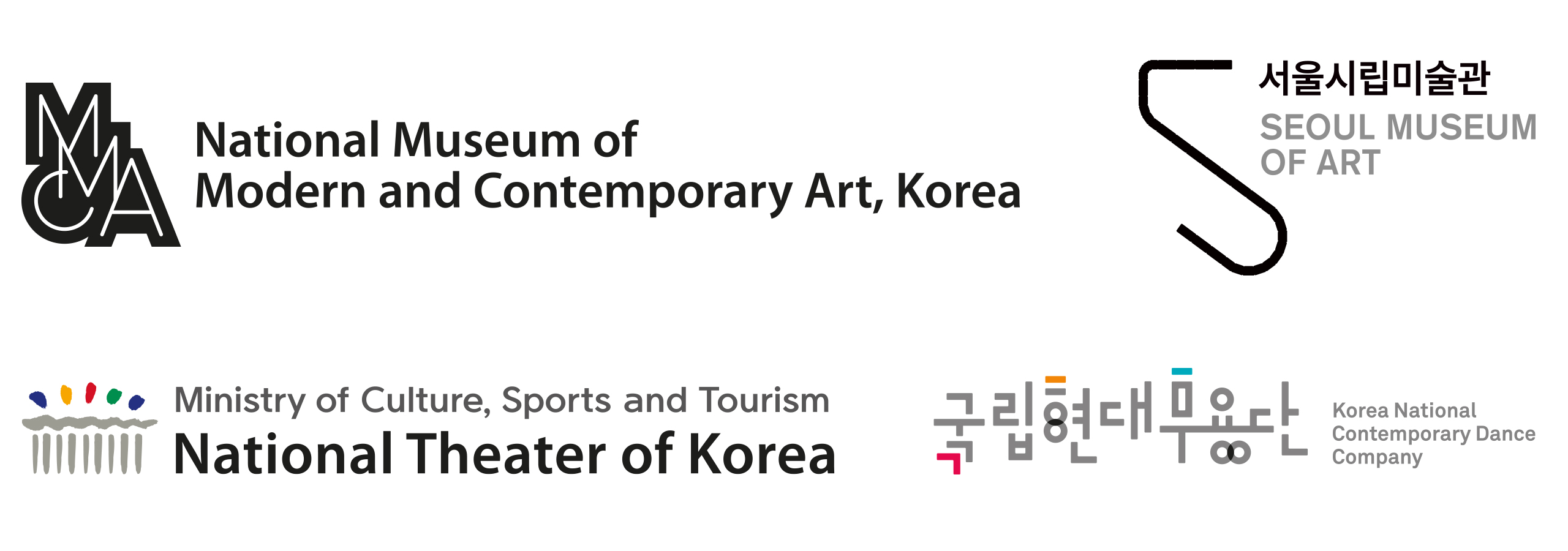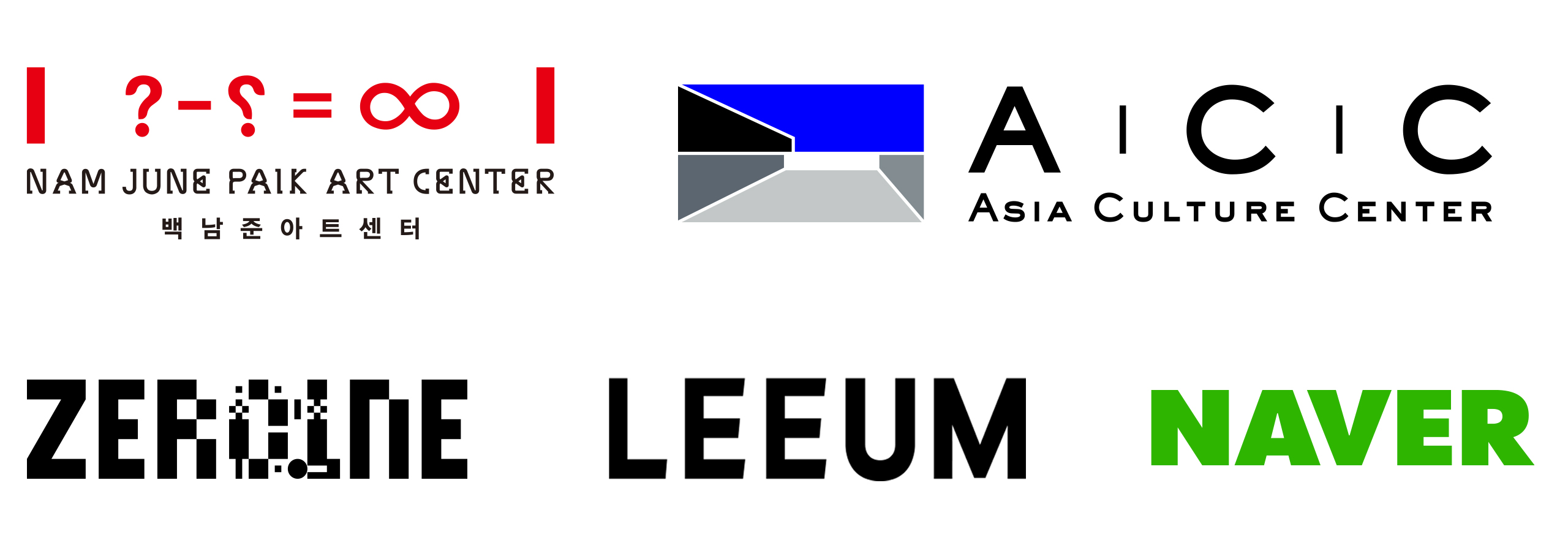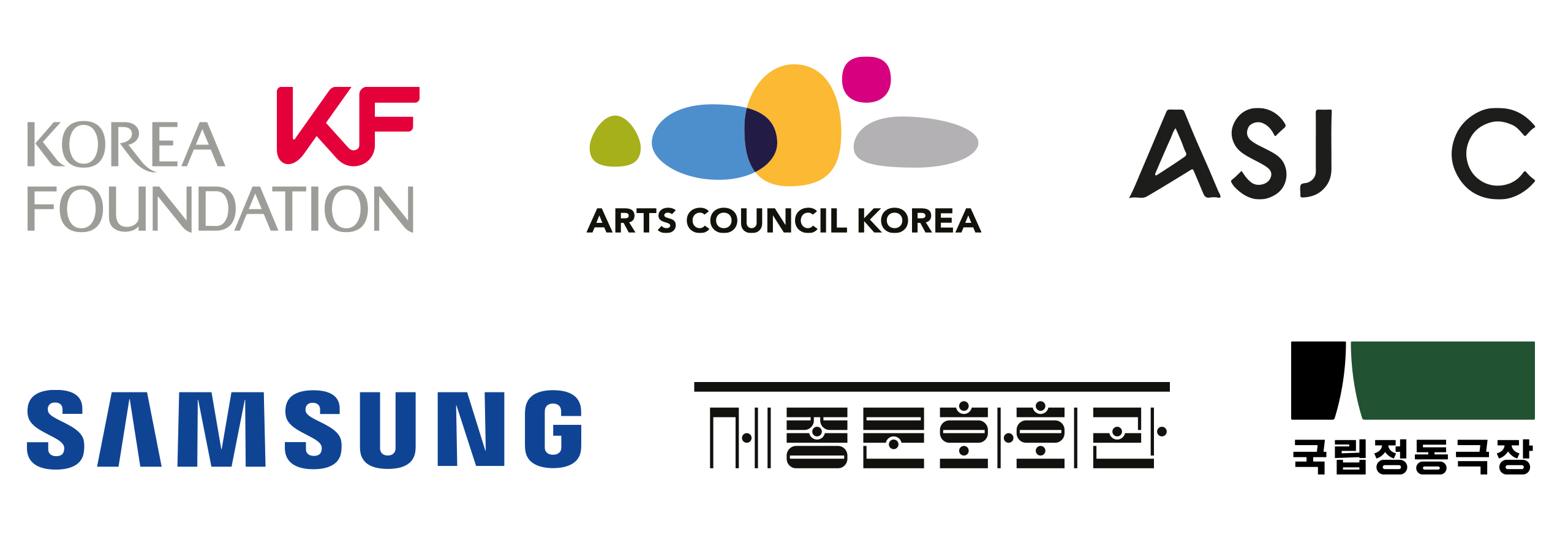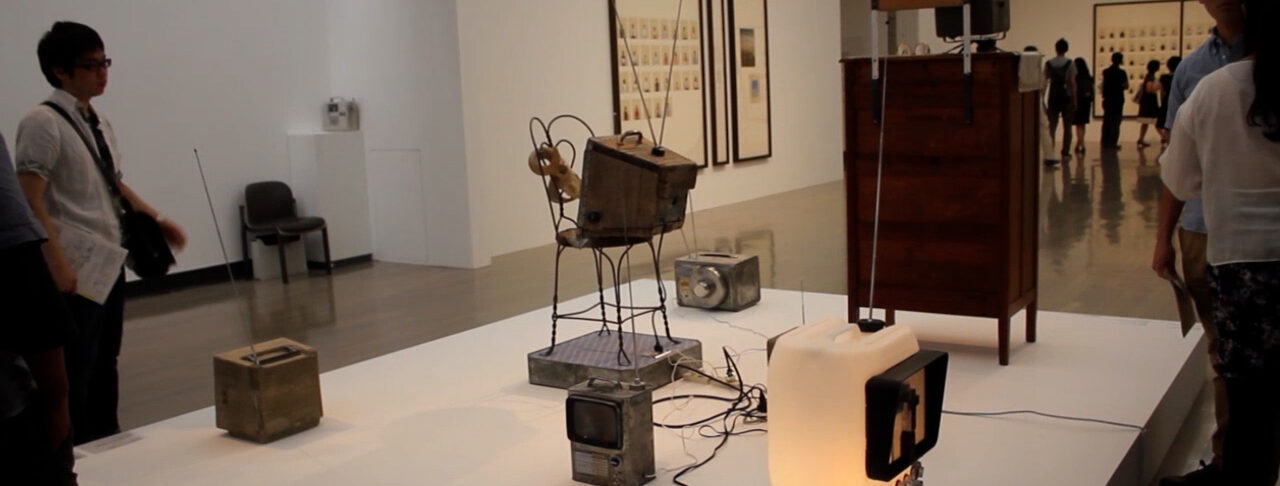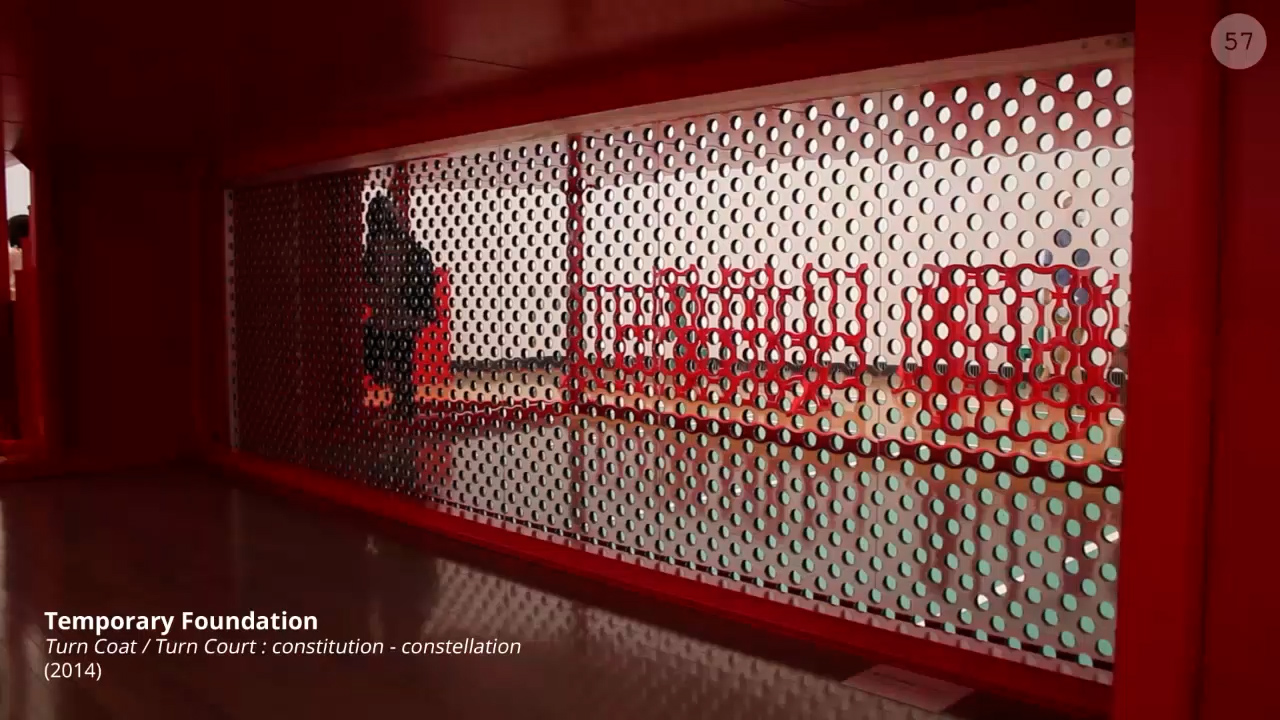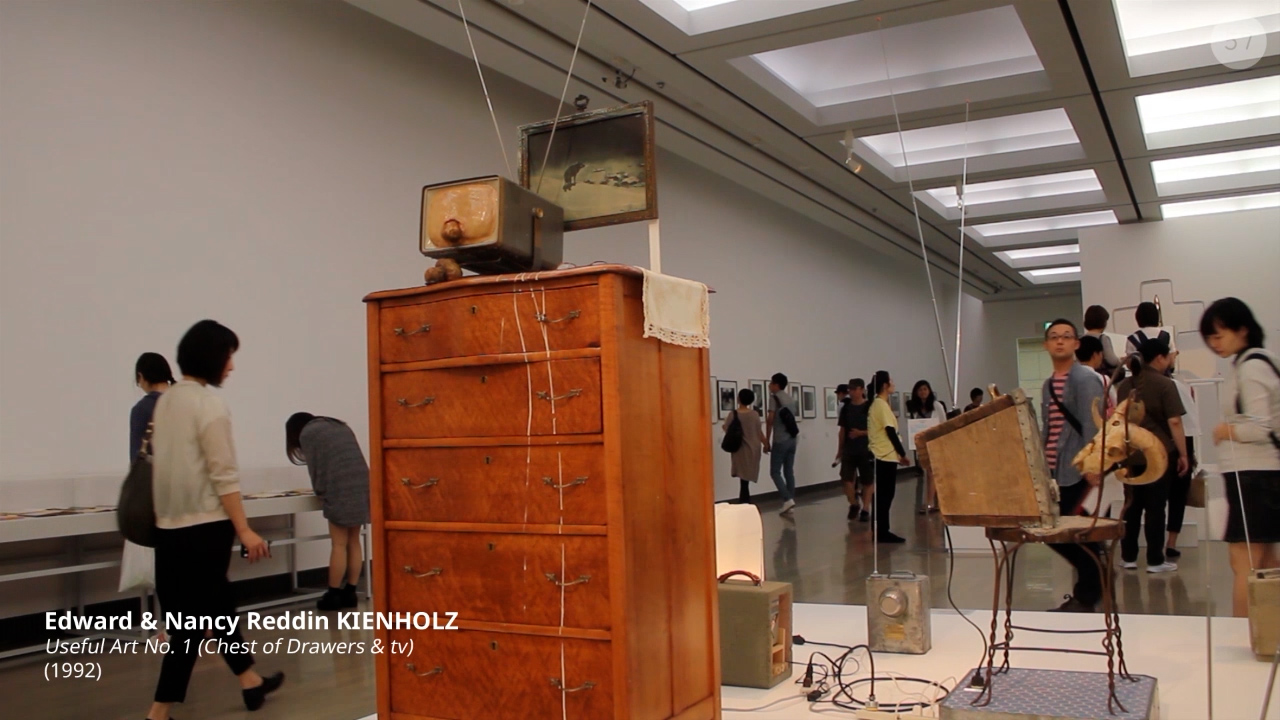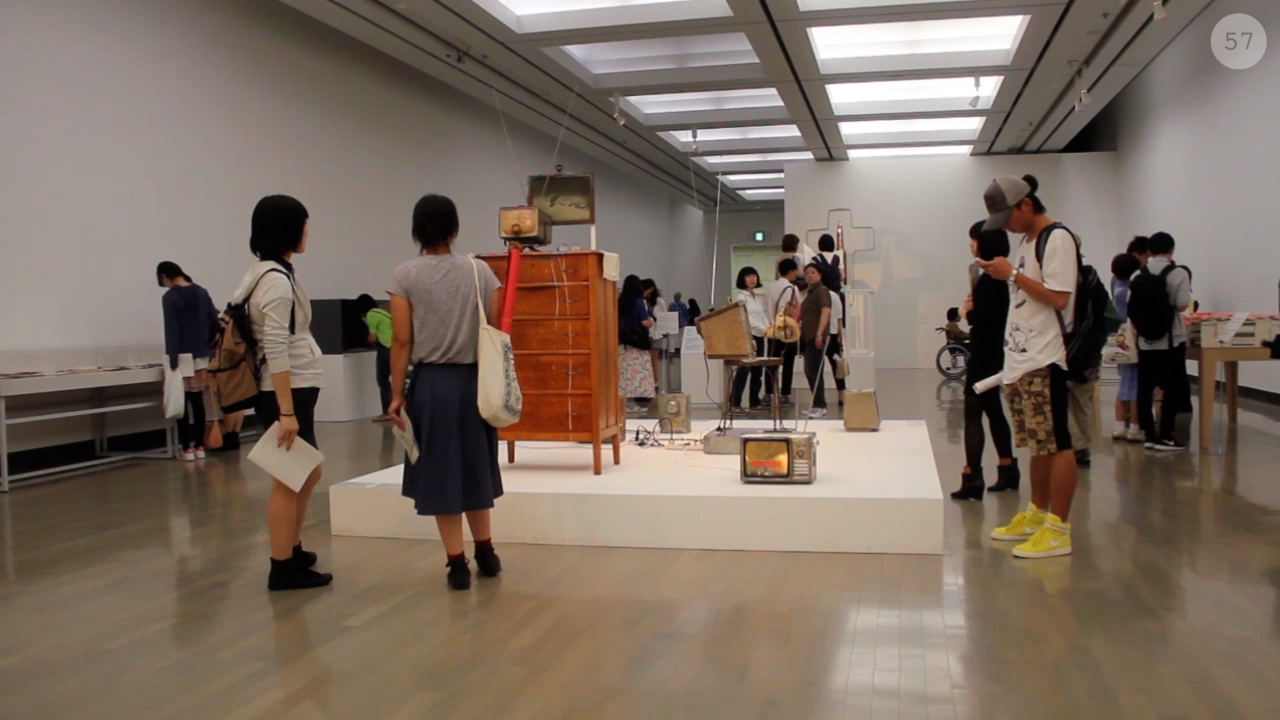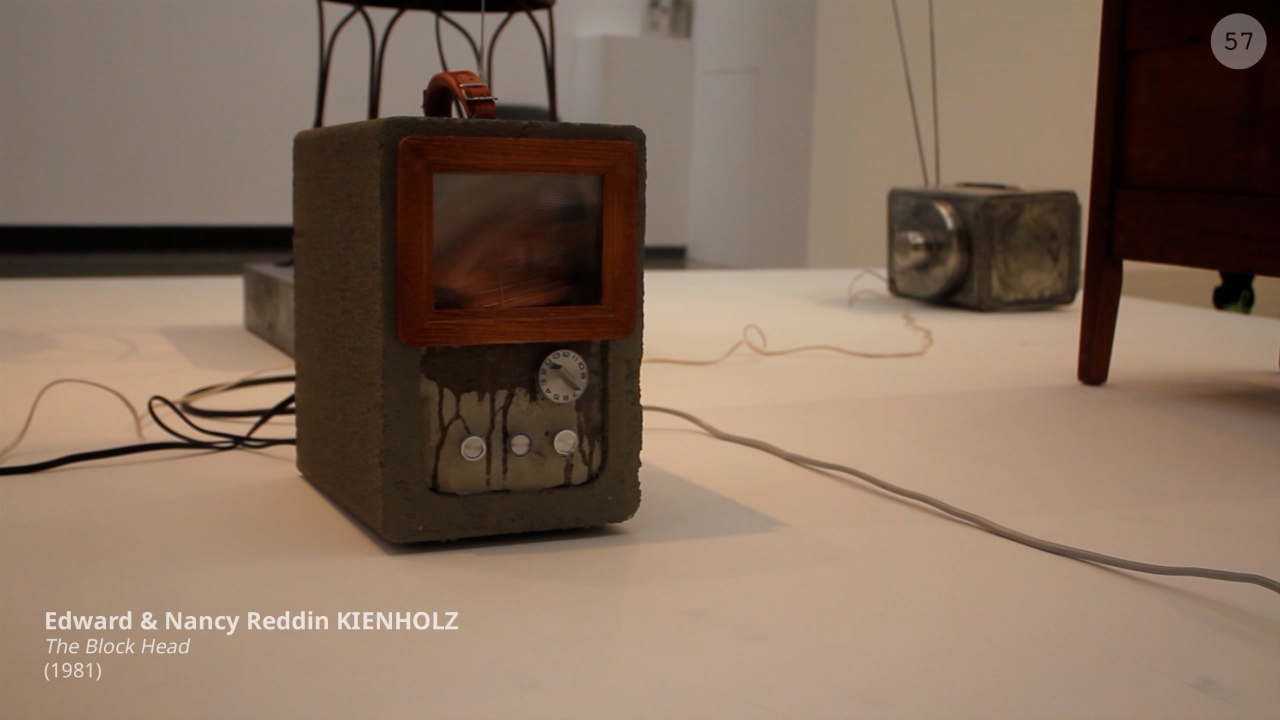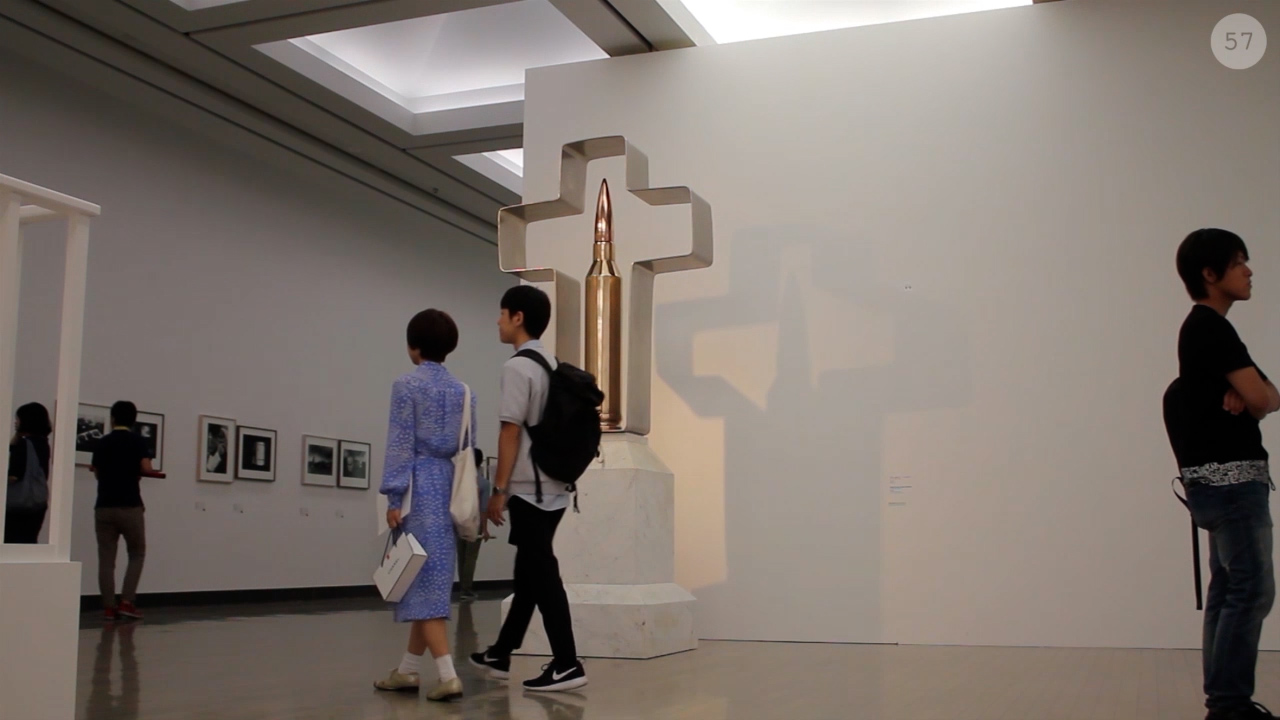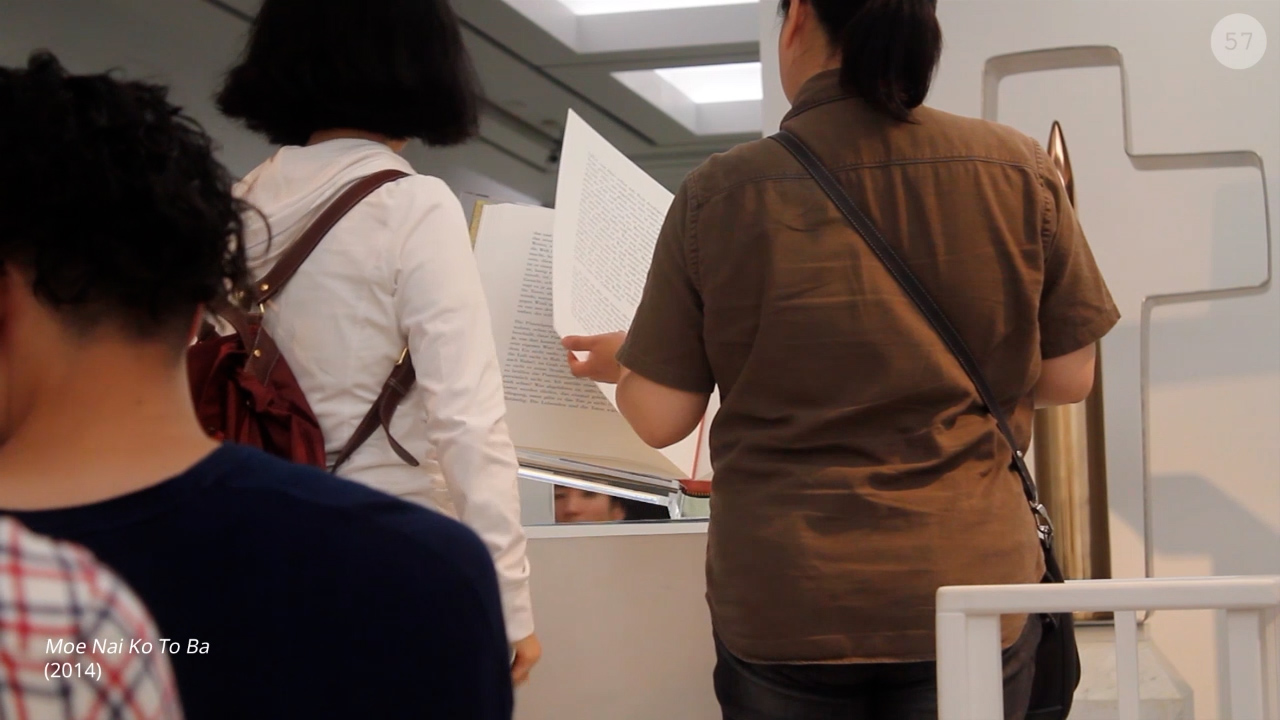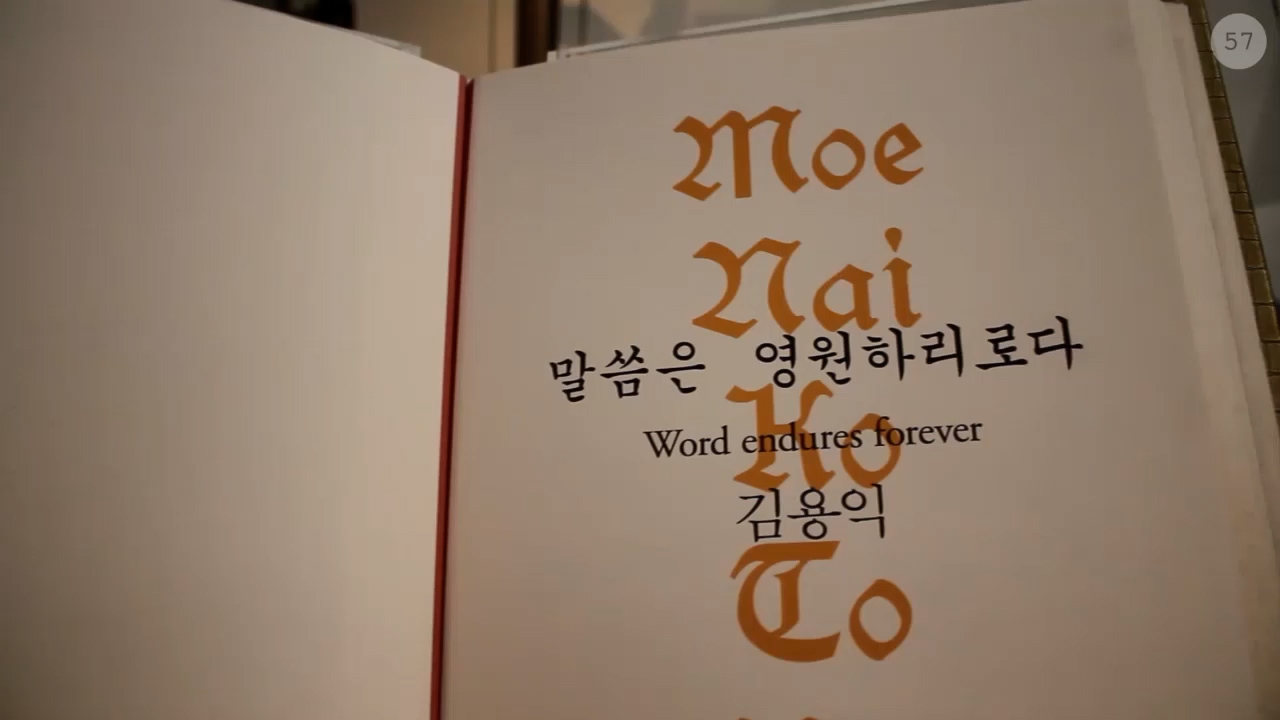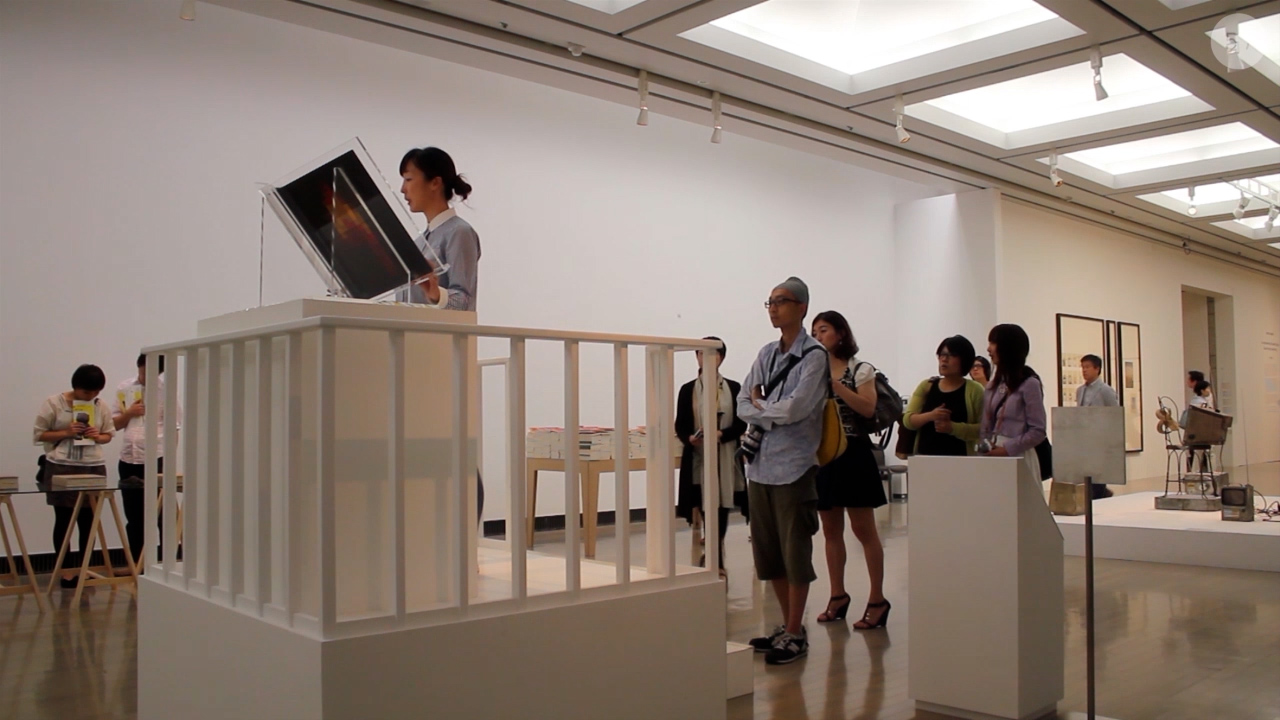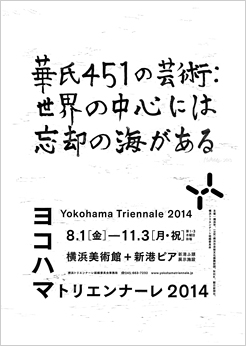망각의 바다로 향하는 모험의 여행
요코하마 트리엔날레 2014가 목표로 하는 것은
예술적인 모험의 가능성을 믿는 모든 사람들,
그리고 대담한 세계관을 갖기 원하는 모든 이들과 함
‘예술’이라는 이름의 배에 올라타고
‘망각’이라는 이름의 대양으로
모험의 여행을 떠나는 것이다.
<화씨 451의 예술>이라는 타이틀은, 말할 것도 없이 레이 브래드베리의 과학 소설 <화씨 451>에서 유래한다. 책을 불태우는 이른바 분서를 테마로 하는 이 소설은, 책을 읽는 것도 소지하는 것도 금지된 근미래 사회가 배경이다.
1953년작이라고는 생각할 수 없을 정도로 현대사회를 훌륭히 예견하고 있지만, 그보다 더 흥미로운 것은, 이 소설이 ‘망각’의 무거움에 대해 다시금 생각하게 만드는 점이다.
이야기의 후반에 ‘북 피플’이라는 집단이 등장한다. 이는 한 사람이 책 한 권씩을 골라서 그것을 통째로 기억하고자 하는 것이다. 즉, 분서에 대한 레지스탕스(저항)로서, 책이라는 물질을 기억이라는 비물질로 치환하여 책의 정신만을 간직하고자 시도한다.
Voyage through the sea of oblivion
The Yokohama Triennale 2014 aims
to explore the sea of “oblivion”
by means of a ship called “art,”
in a voyage along with
all those who believe in the possibility of artistic adventure
and those who seek out a bold view of the world.
The title of the exhibition in 2014, “ART Fahrenheit 451,” is needless to say derived from Ray Bradbury’s science fiction novel, Fahrenheit 451. It is a story about burning books and is set in a near-future society where people are forbidden to possess and read books.
With its successful futurist rendering of our contemporary society, it is hard to believe that this literary classic was written in 1953. But what is even more striking is that the novel evokes the significance of “forgetting.” In the story’s latter half, a group of men appear to claim themselves as “being books”. Each of them have picked up a book and have memorized its entire text. In a resistance against book burning, these people attempt to transform books from material into immaterial memory and secretly preserve only the essence of the books in their mind.
The “people who are books” are exiles from a society that bans books and can also be thought of as “absent people” because their existence and actions of turning books into invisible memories are absent from the visible working of society. In other words, they have become “forgotten people” whose presence has been erased. Bradbury ironically makes a point in Fahrenheit 451 that it is none other than the“forgotten people” that preserve the immense memories of books.


